- Home
- Social Studies
- Mexican American War
Mexican American War
The Mexican American War: Causes, Battles, and Lasting Impact
The Mexican American War, waged from 1846 to 1848, serves as a significant chapter in North American history. This conflict between the United States and Mexico had profound implications for both nations, especially in shaping Mexican-American culture and society thereafter.
Causes of the War
The roots of this war lie in a myriad of causes. Key among these was the spirit of "Manifest Destiny," a widespread belief that Americans were preordained to expand westward across North America. This ideology justified expansionism and encouraged American settlers to move into territories controlled by Mexico.
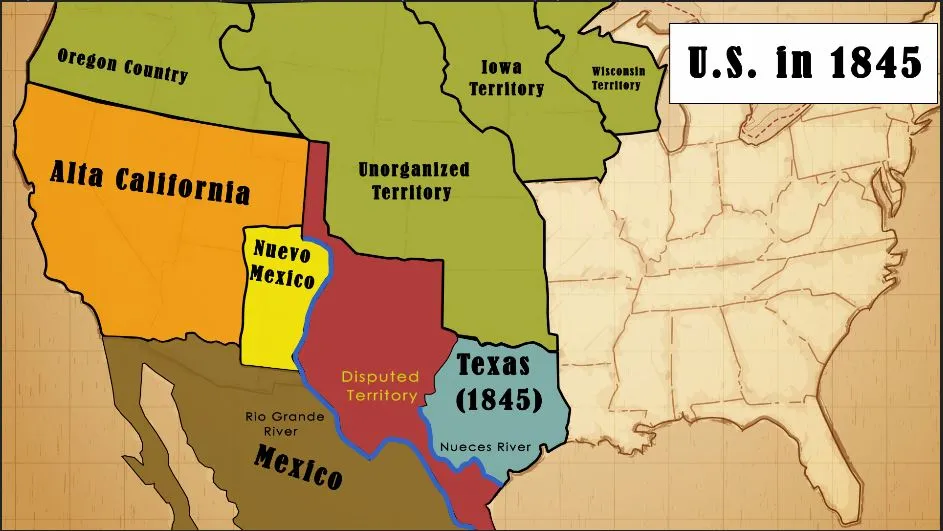 Before the Mexican American War, the USA reached only as far west as Texas.
Before the Mexican American War, the USA reached only as far west as Texas.Another major cause was the annexation of Texas by the United States in 1845. Texas had won its independence from Mexico in 1836 and existed as an independent republic for almost a decade. When Texas joined the United States, Mexico still considered it a part of its territory, leading to heightened tensions.
The border dispute was also a critical factor. While the U.S. claimed the Rio Grande as the southern border of Texas, Mexico insisted it was the Nueces River, approximately 150 miles further north. This disagreement came to a head when American troops were stationed near the contested border, prompting military engagement.
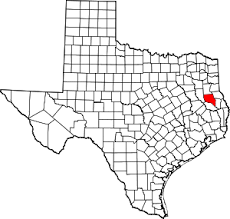 Nacogdoches County, Texas Nacogdoches County, Texas |
“Soon after France ceded western
Louisiana to Spain, the first Americans entered Texas. The intruders
occupied an area near the Mexican presidio at Nacogdoches, and soon
afterwards there arrived in the same area another batch who had been
turned out of their settlements in the Red river to make way for
Indians moved from the east.. After Mexico became independent of
Spain in 1822, the new authorities encouraged immigration into Texas
in order to provide sufficient population to resist Indian attacks.” (Selby, p 51) |
Outbreak of
Hostilities
Hostilities officially began on April 25, 1846, when Mexican troops crossed the Rio Grande and attacked American soldiers. President James K. Polk, an ardent expansionist, used this incident to rally Congress, leading to a declaration of war on May 13, 1846.
Major Battles
The first significant clash was the Battle of Palo Alto on May 8, 1846, where American forces, under General Zachary Taylor, won decisively. This victory set a precedent for several others in the initial phase of the war.
The Battle of Monterrey followed in September 1846, showcasing fierce urban combat. Taylor's forces emerged victorious, capturing the strategic city of Monterrey and its garrison.
In February 1847, the Battle of Buena Vista, one of the most famous battles, saw General Taylor defending against a larger Mexican force led by General Antonio López de Santa Anna. Despite being outnumbered, the Americans managed to hold their ground, forcing Santa Anna to retreat.
Meanwhile, General Winfield Scott led another army to capture Mexico City, the capital. Scott's campaign involved a series of victories at Veracruz, Cerro Gordo, and Contreras, culminating in the critical Battle of Chapultepec in September 1847, which led to the fall of Mexico City.
The Treaty of Guadalupe-Hidalgo
The war officially concluded with the signing of the Treaty of Guadalupe-Hidalgo on February 2, 1848. This treaty had far-reaching consequences for both nations involved.
Under the treaty's terms, Mexico ceded approximately half of its territory to the United States. This land included present-day California, Nevada, Utah, Arizona, New Mexico, Colorado, Wyoming, and Texas. In return, the U.S. paid Mexico $15 million and assumed $3.25 million in debts owed by the Mexican government to American citizens.
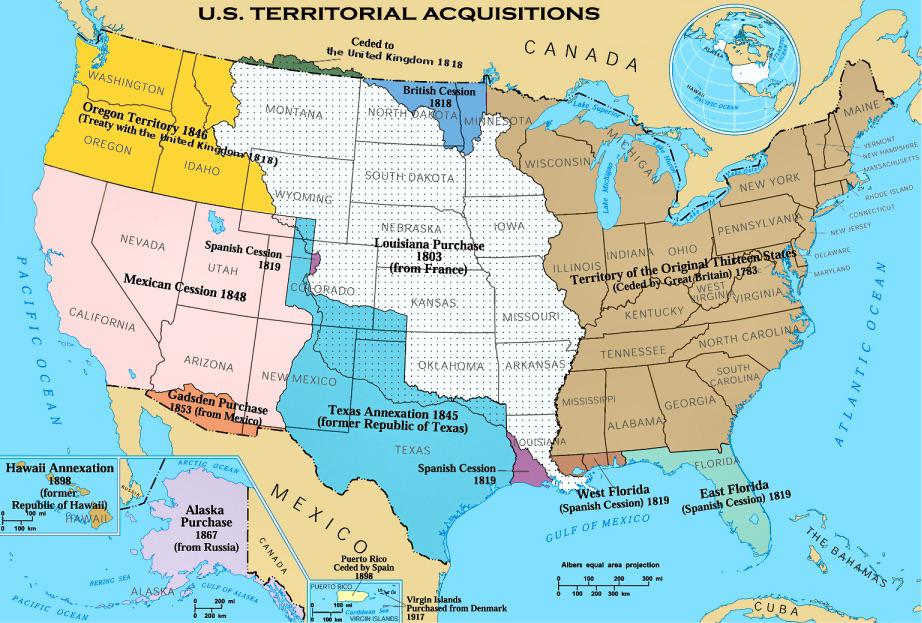
Impact on Mexican-American Culture and Society
The war had a profound and lasting impact on Mexican-American culture and society. One of the most significant effects was the large Mexican population that suddenly found themselves living within U.S. borders. These communities retained their culture, traditions, and language, significantly influencing the cultural landscape of the southwestern United States.
The Treaty of Guadalupe-Hidalgo also promised that the property rights of Mexicans in the newly acquired territories would be protected. However, in practice, many Mexican landowners faced legal and extralegal challenges that resulted in the loss of their land to American settlers.
The war also intensified racial and cultural tensions. Mexican Americans often faced discrimination and were marginalized in the new territories. This period saw the rise of stereotypes and prejudices that would persist for generations.
Economic and
Political Ramifications
The acquisition of vast territories opened up new economic opportunities, particularly in agriculture, mining, and railroads. The discovery of gold in California in 1848 attracted a massive influx of settlers, dramatically changing the region's demographics and economy.
Politically, the war reignited debates over the extension of slavery into the new territories. The question of whether these regions would become free or slave states intensified sectional conflicts, ultimately contributing to the Civil War.
Lasting Sentiments
The Mexican American War left a legacy that persists to this day. It is a focal point for discussions on American expansionism, manifest destiny, and the ethics of land acquisition. These themes continue to resonate in debates over American foreign policy and domestic issues.
"Manifest Destiny" played a crucial role in justifying the war and expansion. This belief held that the United States was destined to spread democracy and civilization across the continent, often at the expense of Native American and Mexican communities. This concept provides a critical lens for understanding American expansionism and its impacts on indigenous and Mexican populations.
The war can also be viewed through the prism of expansionism and land grab policies. The United States' hunger for more land drove many of its actions during the mid-19th century. This expansion was not merely territorial but also economic, with the new lands offering immense resources and opportunities for growth.
The Mexican American War also spurred significant transformations in military tactics and strategies. The conflict saw the use of new artillery and offered lessons in amphibious operations and urban warfare, shaping military thought in subsequent American engagements.
Key Historical Figures
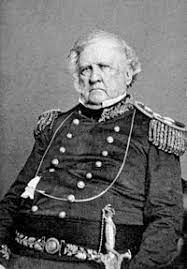
Several key figures emerged from the Mexican American War. General Zachary Taylor and General Winfield Scott became national heroes, with Taylor's military success even propelling him to the presidency in 1848.
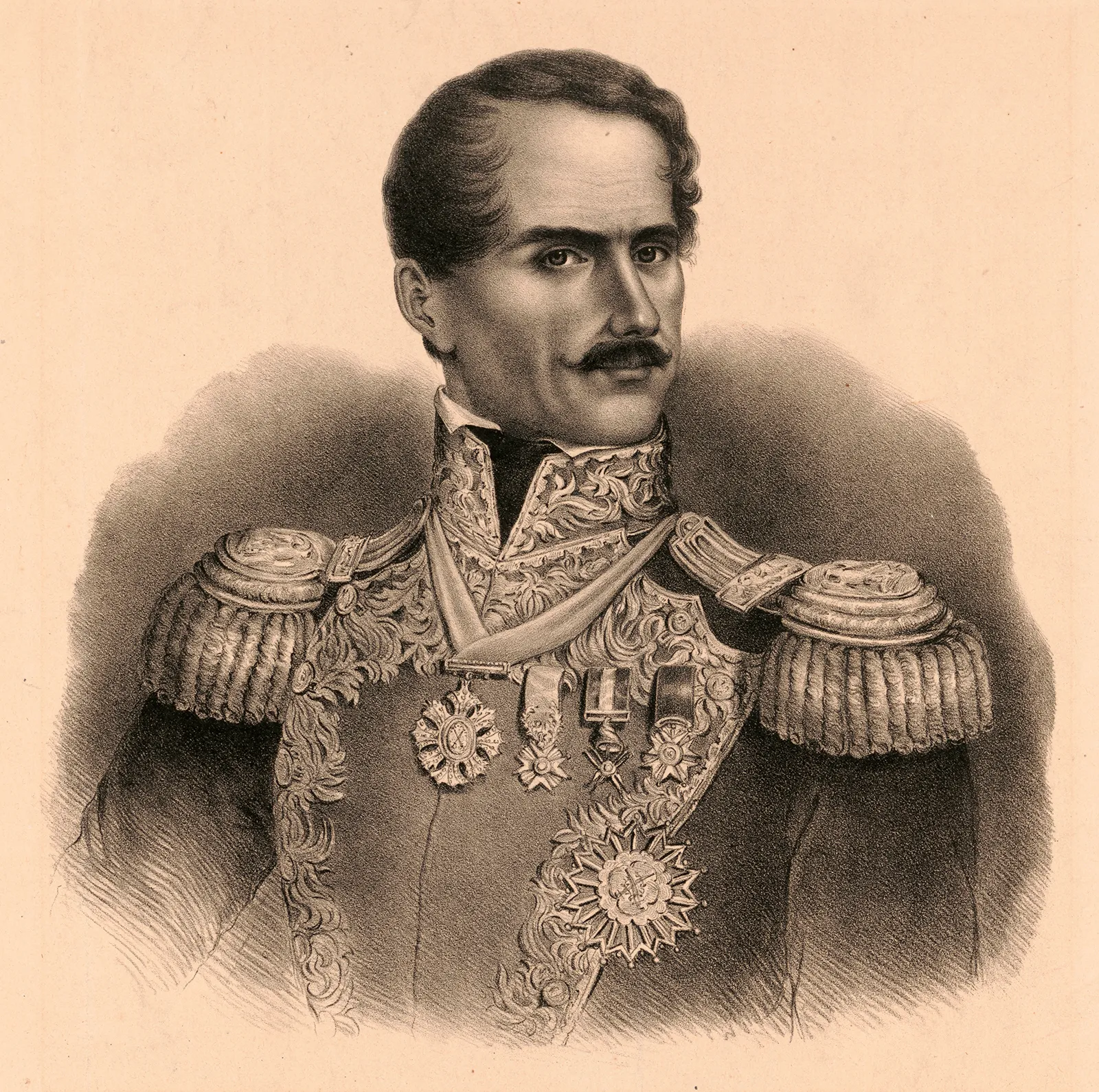
On the Mexican side, General Santa Anna remains a controversial figure. He demonstrated both prowess and shortcomings as a military leader, ultimately becoming emblematic of Mexico's struggle during this period.
Cultural Legacy
The Mexican American War's cultural legacy is evident in the southwestern United States' rich Mexican-American heritage. From architecture and cuisine to festivals and traditions, the influence of Mexican culture is a testament to the enduring impact of this historical period.
The themes of the Mexican American War remain relevant today as the United States continues to navigate issues related to immigration, multiculturalism, and border relations with Mexico. Reflecting on this history can inform current policy and foster a deeper understanding of bilateral relations.
In conclusion, the Mexican American War was a pivotal event that reshaped North American boundaries and cultures. By examining its causes, battles, and outcomes, educators can help students appreciate the complexities of this conflict and its enduring legacy on Mexican-American culture and society. Understanding this war within the broader context of American history enables a more comprehensive grasp of the nation's past and its continuing influence on present-day issues.
Educational Significance
For middle and high school educators, teaching about the Mexican American War can provide valuable insights into the themes of expansionism, national identity, and cultural integration. Understanding this conflict helps students grasp the complexities of American history and its long-term consequences.
Promoting Critical Discussions
Teachers can leverage this topic to promote critical thinking and discussions about the ethics of war and territorial expansion. Students can explore how manifest destiny and economic interests influenced policy decisions, encouraging them to draw parallels with contemporary global issues.
Selby, John. The Eagle and the Serpent, 1978